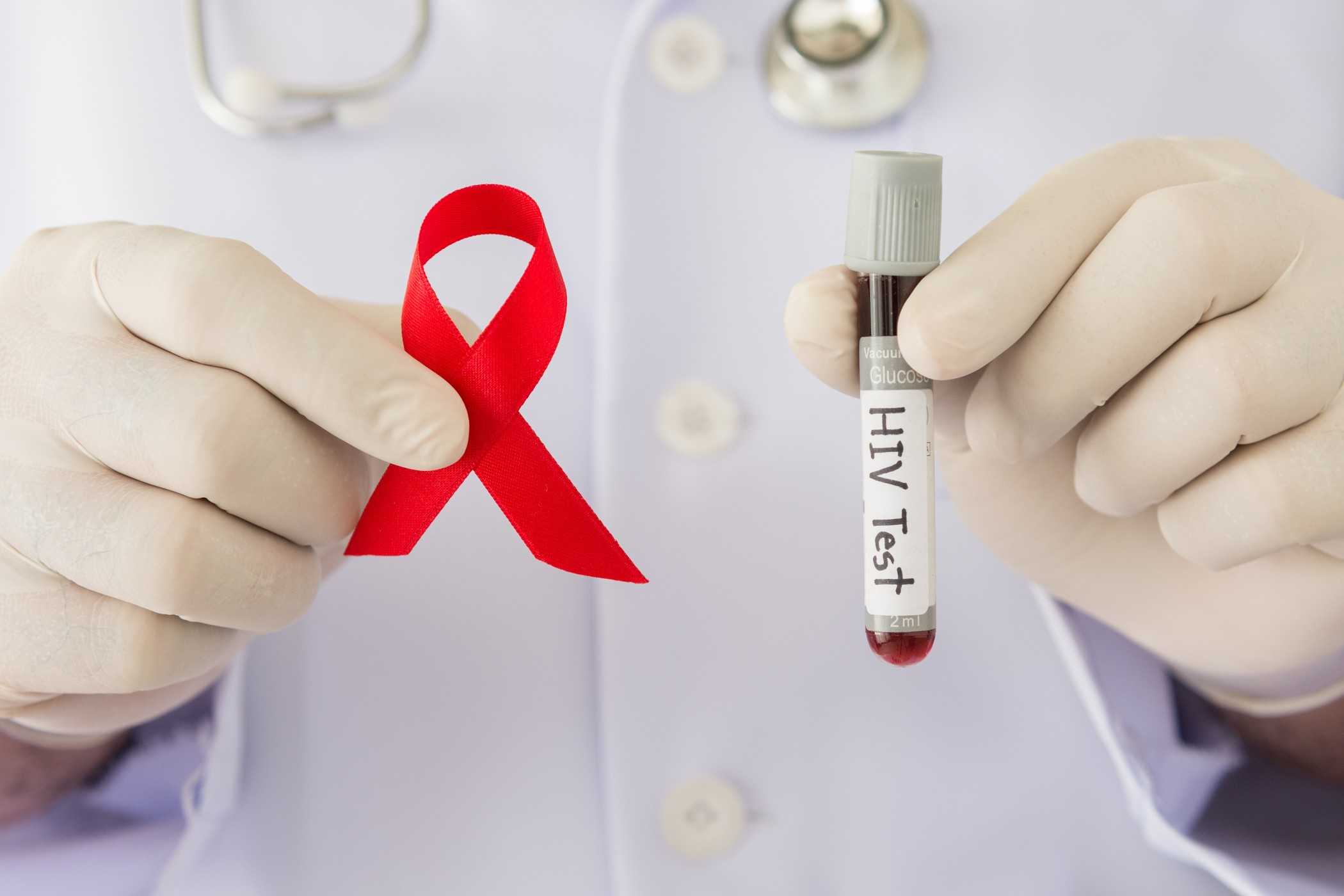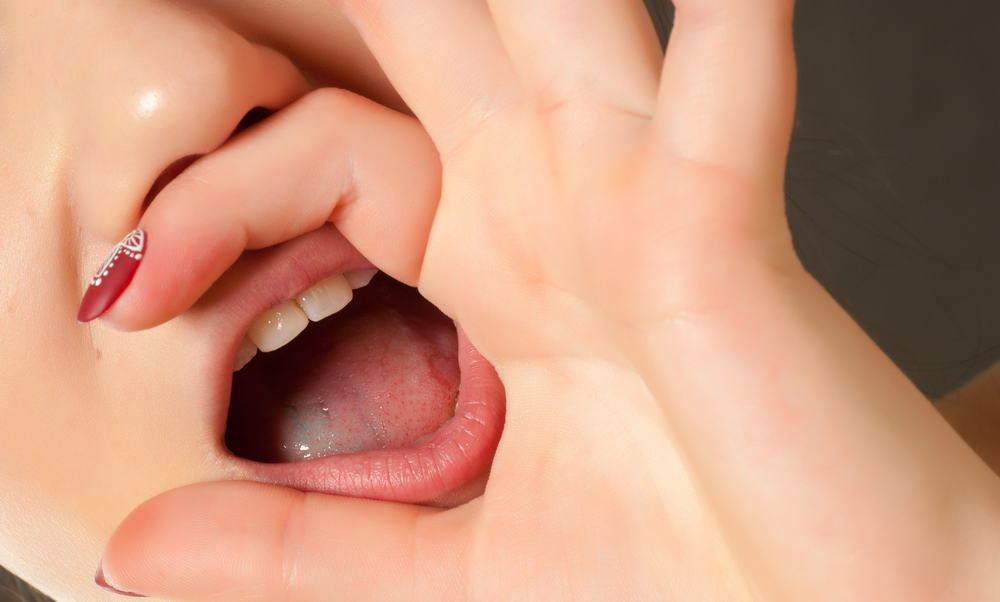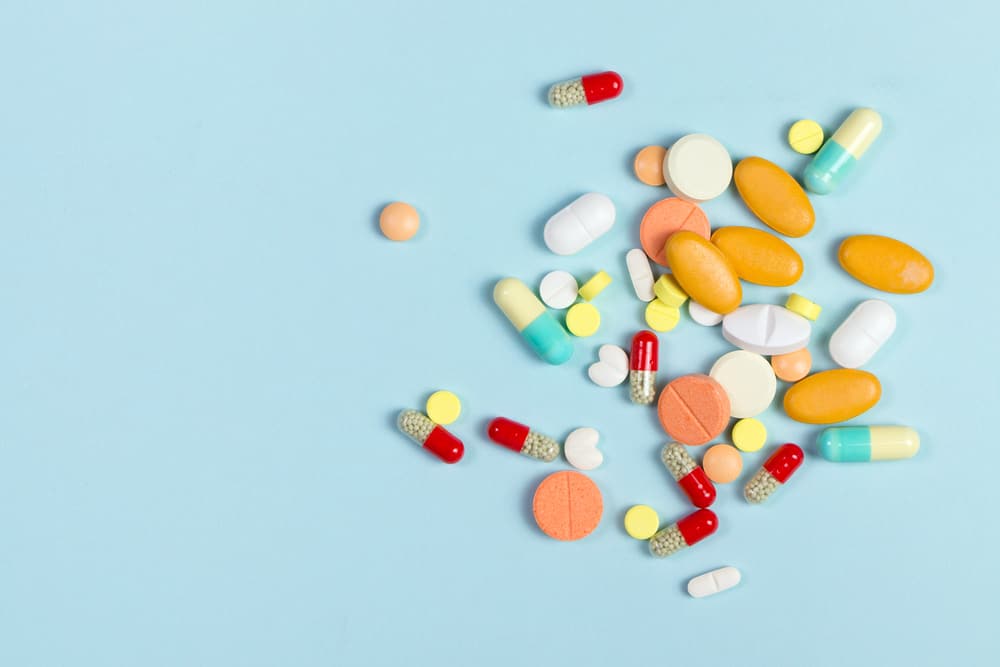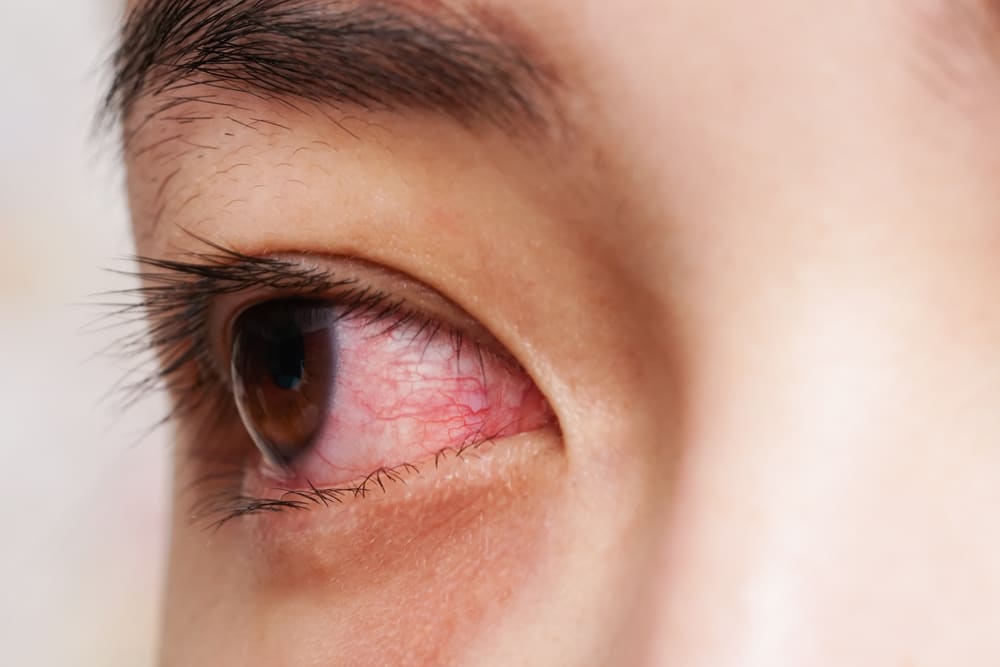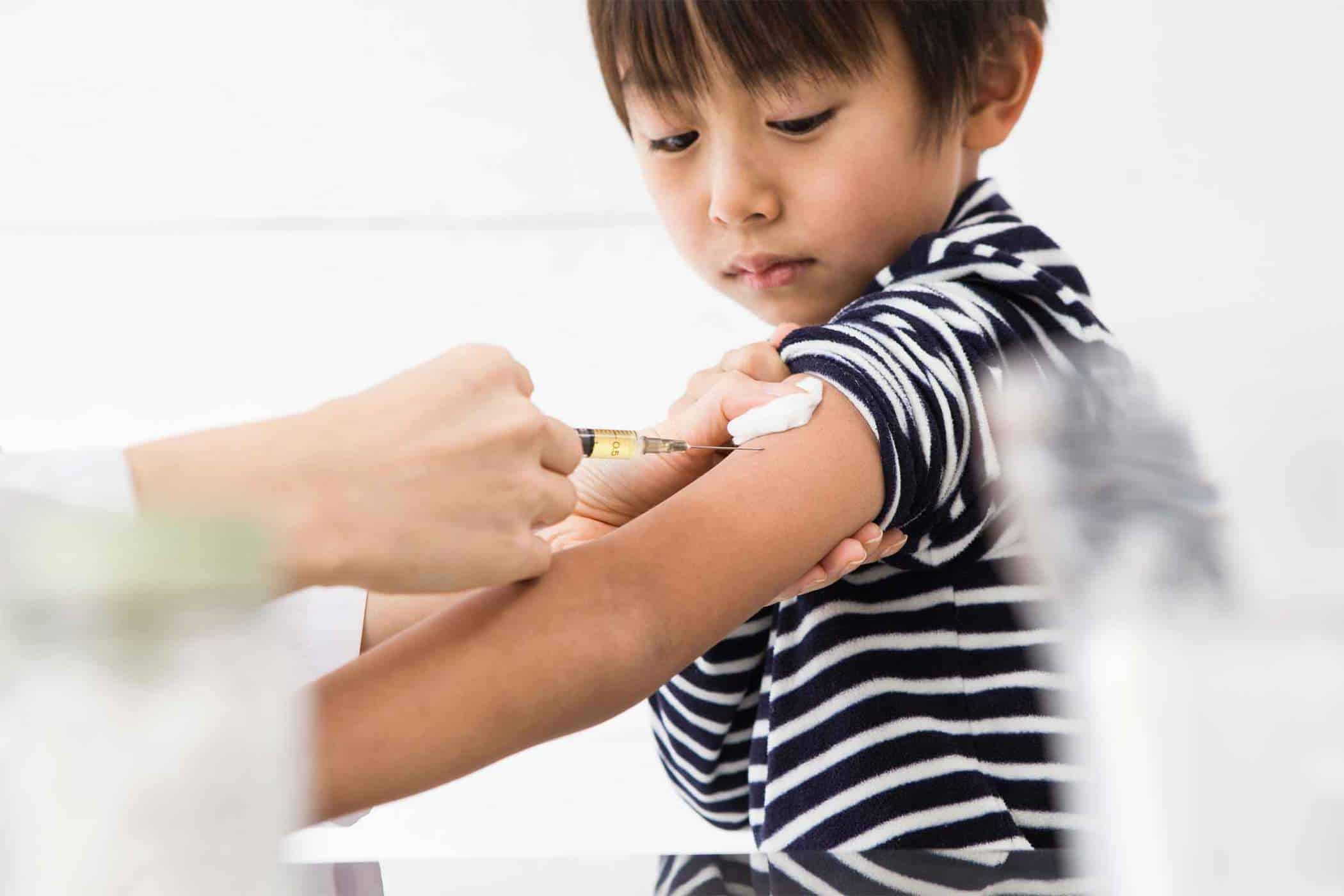Contents:
- Medical Video: Medical Animation: HIV and AIDS
- 1. Sexual intercourse through the vagina without using a condom
- 2. Women have a greater risk of contracting HIV from sexual relations
- 3. Having sex through anal
- 4. Oral sex has a lower risk of transmission of the HIV virus
- 5. Having other venereal diseases besides HIV
- 6. Injections used together
- 7. Doing piercing (piercing body parts) and making tattoos
Medical Video: Medical Animation: HIV and AIDS
HIV is a virus that attacks the immune system, precisely white blood cells, which then causes the body's immunity to weaken. Reporting from UNAIDS data, in Indonesia in 2014 there were around 9,589 women and 13,280 men who contracted HIV / AIDS. How can someone get HIV infection? The following are the conditions and risk factors that can cause a person to become HIV positive.
1. Sexual intercourse through the vagina without using a condom
If you have sexual relations with someone who is HIV positive, then you are at high risk of getting infected with the HIV virus as well. Sexual relations that do not use safety are like condoms, making the spread of HIV easier. HIV spreads through semen, vaginal fluid, blood, and other fluids in the body. If you do not use a condom during sexual intercourse, the exchange of vaginal or semen fluids that might contain the virus is easier to occur which then causes spread.
READ ALSO: What is the Difference between HIV and AIDS?
2. Women have a greater risk of contracting HIV from sexual relations
This can occur because when having sexual intercourse, the membrane or vaginal membrane is torn more easily. Unlike men who have sexual relations, there is nothing that makes the penis "hurt" or torn. So, not using a condom during sexual intercourse will make the HIV virus more easily infect the torn vagina. The 'wounded' or torn vagina is used by the HIV virus to enter, infect the body, and spread throughout the body.
But, that does not mean men cannot experience HIV infection transmitted from their female partners. Of course, I can. If your female partner has HIV positive, the spread of the virus can occur through vaginal fluid. This infected vaginal fluid enters through the penis hole which then causes the virus to enter the body.
3. Having sex through anal
In fact, anal sex is the most risky way of sexual intercourse in HIV transmission. In people infected with HIV, this virus can be found in various types of body fluids, such as blood, semen, vaginal fluids, and fluids from the anus or anus.
In anal sex, people who receive anal risk are more likely to get HIV infection than people who do anal. This is because the rectum is easily torn when doing anal sex. Tearing of the rectum (anus) causes injury and makes it easier for the HIV virus to enter and infect the body.
READ ALSO: What Happens When We Affect AIDS
4. Oral sex has a lower risk of transmission of the HIV virus
The chance of transmission of the HIV virus through oral sex with people who have HIV positive, is very small. In general, oral sex does have a low chance of transmitting HIV. But still there are several factors that can increase this risk, such as having sexual intercourse through oral when having an oral infection.
5. Having other venereal diseases besides HIV
Yes, having venereal disease can also increase a person's risk of being exposed to or even spreading the HIV virus. Some of these venereal diseases include gonorrhea, chlamydia, syphilis, trichomoniasis, genital herpes, and hepatitis. If you do not have HIV but have been infected with venereal disease 3 times, then the risk of contracting HIV is higher compared to people who do not have a history of venereal disease.
READ ALSO: Detect Early Symptoms of HIV and AIDS
6. Injections used together
Not all HIV / AIDS diseases are transmitted through sexual intercourse. Using injections together can also put you at risk for HIV infection. People who inject drugs, hormones, steroids, or silicones using shared syringes have a high chance of being HIV positive.
Needles that have been used by other people will leave remnants of blood. If the person has HIV positive, the blood left on the needle is HIV-infected blood. So, if you use these used needles, the HIV virus will infect the body through the infected blood mark.
7. Doing piercing (piercing body parts) and making tattoos
Piercing parts of the body or making tattoos can also increase the risk of being infected with HIV. This happens if the use of equipment alternates with other people. In the process of piercing parts of the body or making tattoos, usually the skin is pierced and then injured to bleed. If you use the tool alternately, it is possible for someone infected with HIV to leave a blood mark containing the HIV virus.

